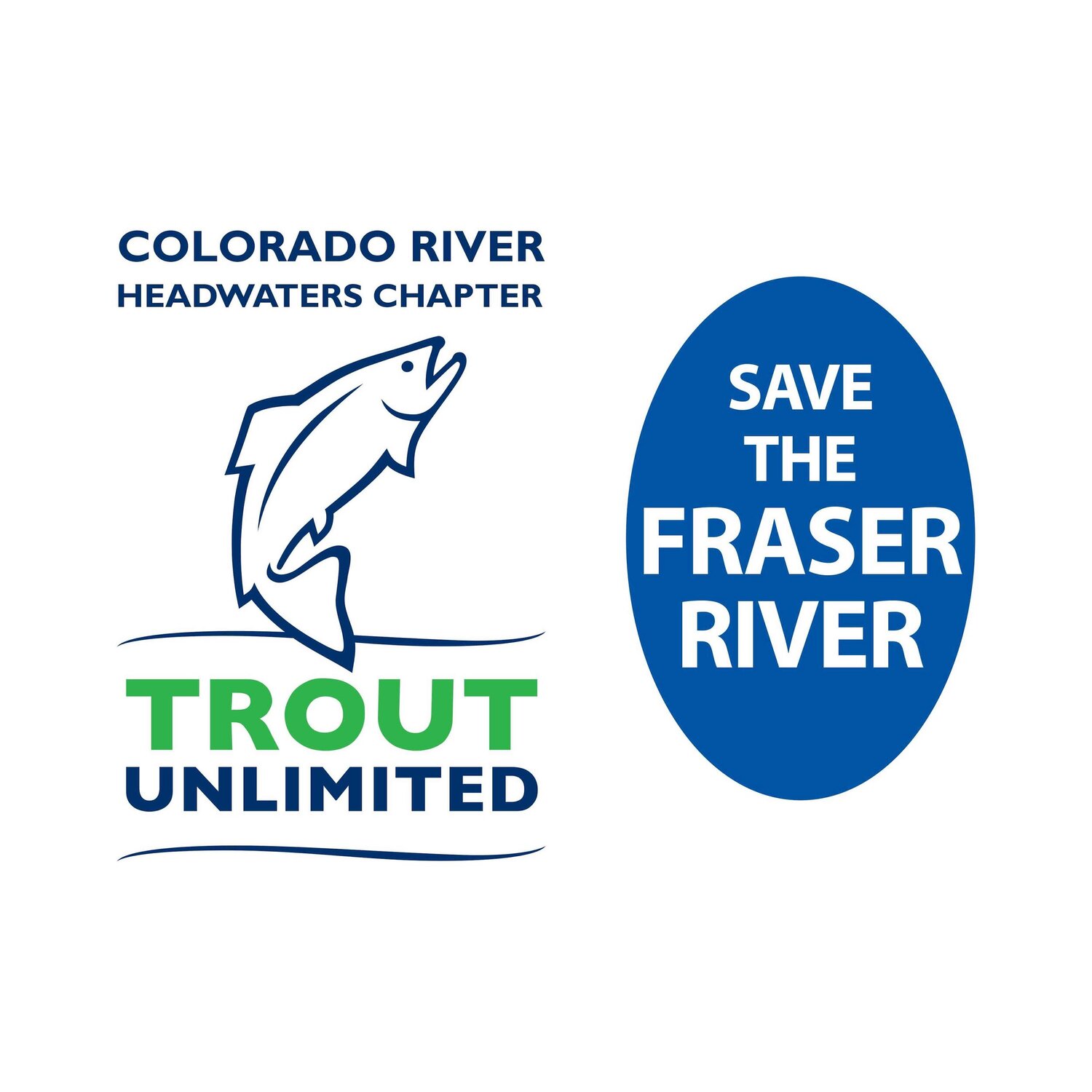Ballot Issue 1A
PROBLEMS AND SOLUTIONS TO OUR RIVERS HEALTH
Starting in the late 1800’s the headwaters of the Colorado River has had a portion of its flows diverted to the east side of the Continental Divide. Since this original trans-basin diversion, tunnels under the Divide have allowed 60% of the native flows of the Fraser and Colorado Rivers to be diverted to cities and farms on the Front Range.
A river with only 40% of its native flows spread out into its native stream bed becomes a wide, shallow and slow moving river. This is a river that can no longer move fine sediment and heats up like a solar collector. The sediment deposited on the stream bed fills the voids between the rocks where the bugs live and their habitat can now resemble Pompay, post the eruption of Mount Vesuvius. Bugs are the bottom of the food chain so the trout populations crash with the bug populations. Trout are also cold water fish because they need more oxygen than other fish and cold water can retain more dissolved oxygen than warm water. Nowadays, we can see summertime stream temperatures that are too high to sustain a trout fishery.
One of the solutions to our oversize stream channels here in the headwaters is to use logs and rocks to create a stream channel that is narrow during the low flows of summer and fall but still maintains its native width to contain the high flows of spring.
Grand County Learning By Doing (LBD) is a cooperative partnership between Front Range water companies, Grand County Government, Trout Unlimited, Colorado Parks and Wildlife, and other West Slope water interests. In 2017 they completed a successful stream channeling project on the Fraser River with a low flow channel that can move fine sediments during low flows and can keep the velocity of the river flowing in a narrower and deeper channel to help it from heating up.
River habitat improvement projects like the pilot project LBD did are very expensive because they require heavy equipment and imported materials. While grants are available to do this work, all available grants require a local match to cover a percentage of the project costs. Grand County’s rivers are under the strain of being the most heavily diverted rivers in Colorado but so far, coming up with local money to cover the match requirements to get grants to do these much needed river improvement projects has been challenging.
This election year, the voters of Grand County have a chance to solve this problem without increasing our taxes. Ballot measure 1A (The Open Lands, Rivers and Trails (OLRT) measure) proposes to expand the use of this already existing sales tax to include water quality and river restoration projects and wildfire mitigation projects. 1A will be on the ballot this November 7th.The OLRT money has been used for years to protect lands that conserve and protect our rivers, lakes, agriculture, natural areas and outdoor recreation. Now we have a chance to add water quality and river restoration projects to that list without increasing the existing sales tax. The beauty of funding OLRT through a .3% sales tax is that the tourists who put a strain on Grand County’s amenities become a part of the solution every time they make a purchase.
With the expanded use of OLRT funds, we will be able to find the local grant matching funds that will leverage vast amounts of money coming into Grand County to start healing our rivers.
Without healthy rivers, our agriculture, municipal water supplies and tourist economies suffer. The Headwaters Chapter of Trout Unlimited asks all Grand County voters to vote for our rivers on November 7th and vote Yes on 1A the Open Lands, Rivers and Trails measure.
Kirk Klancke
President, Colorado River Headwaters Chapter of Trout Unlimited
